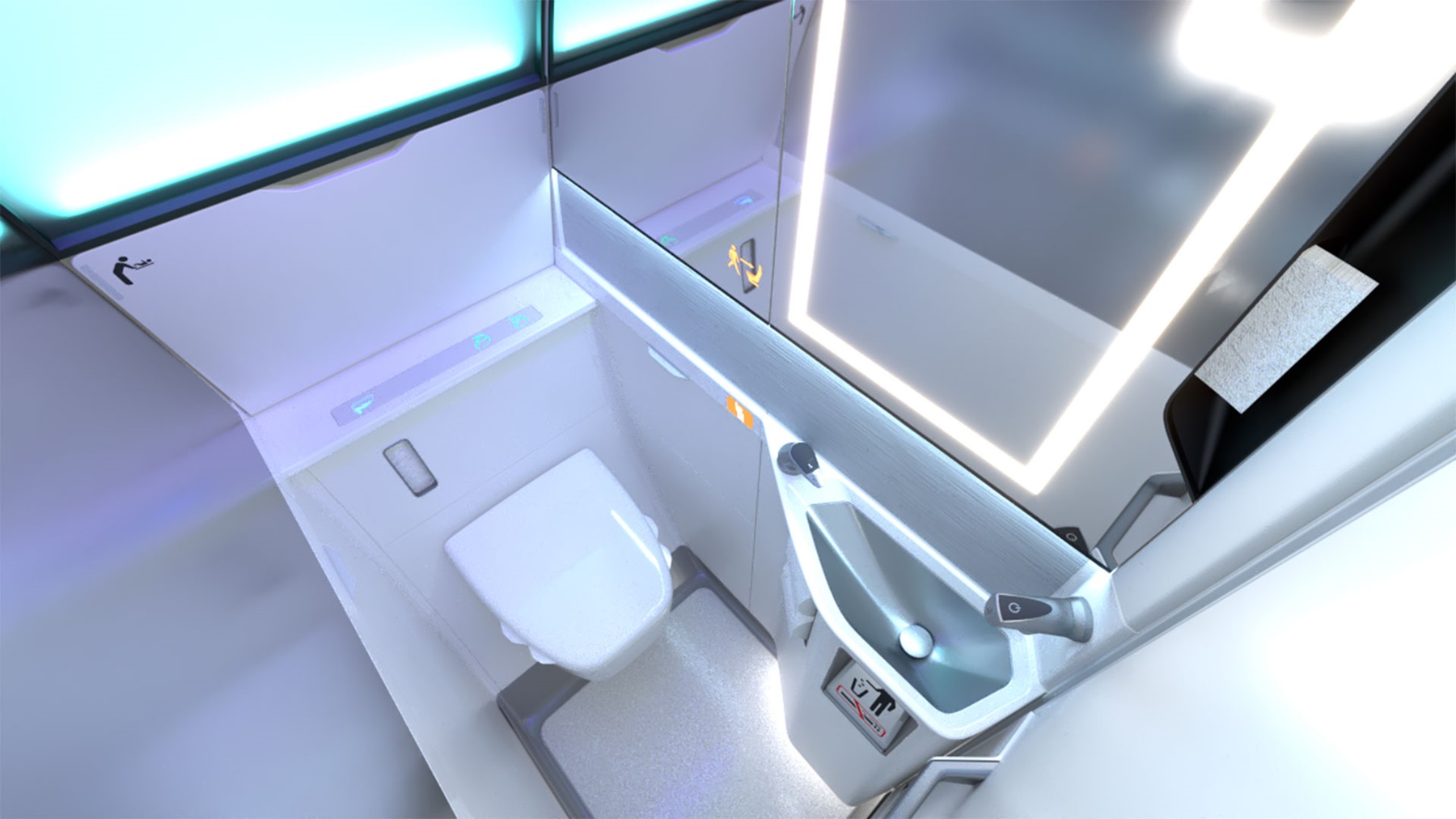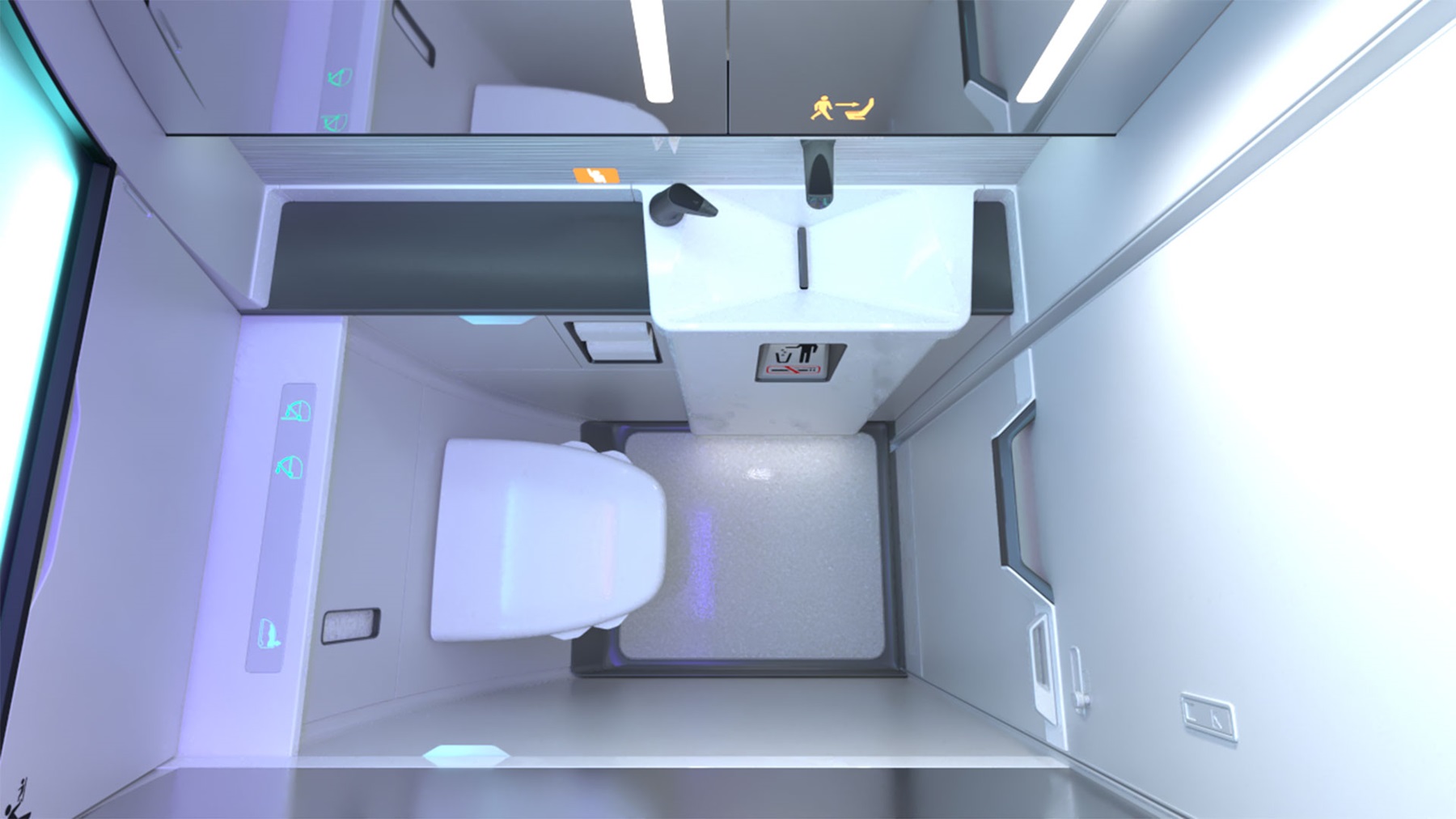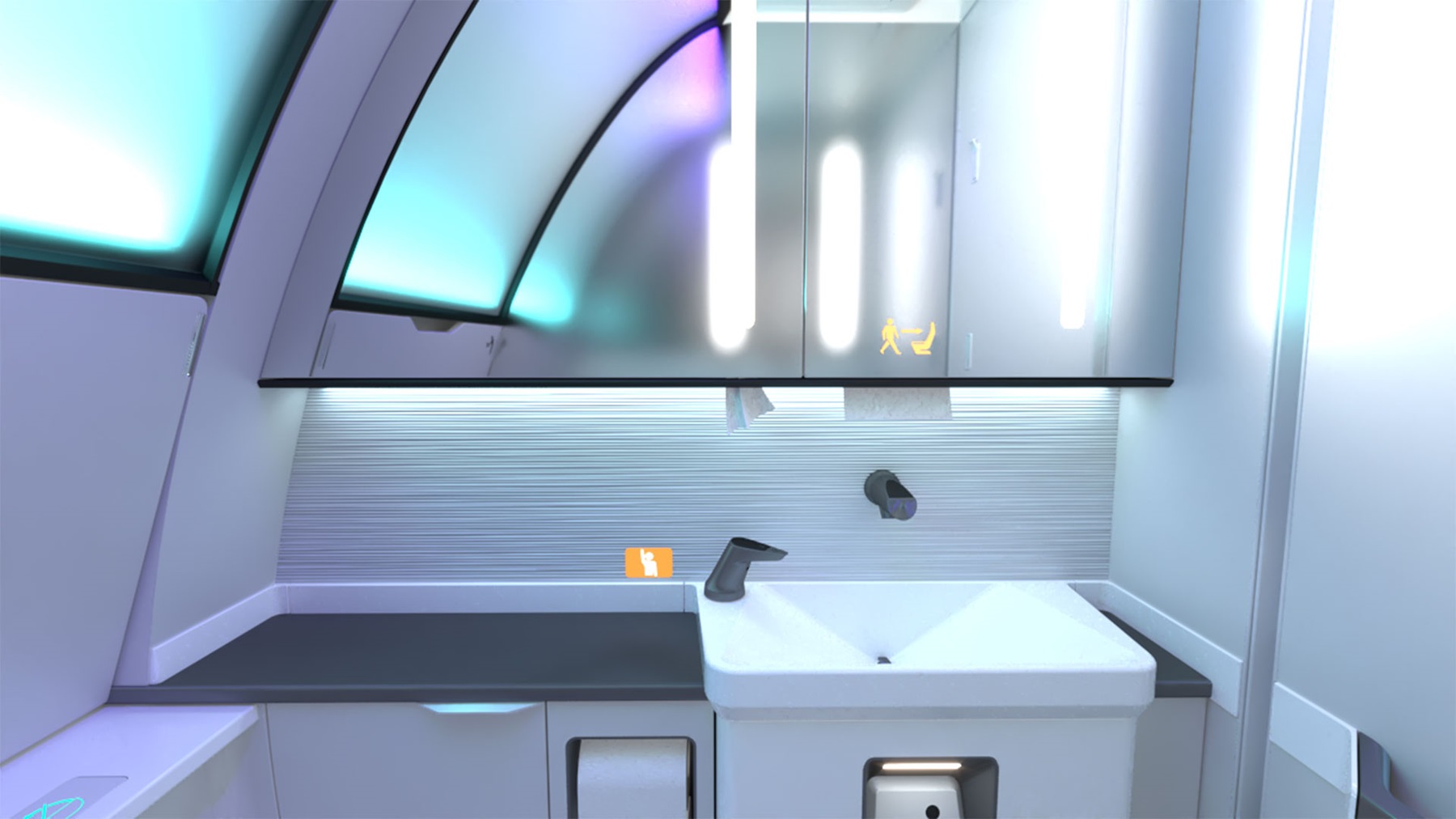Boeing has selected Collins Aerospace as the supplier of the next-generation lavatory for the 737 family. The new design will be modular and allow for customization of finishing touches.
The state-of-the-art lighting, using micro-LED technology, will be configurable and include «touchless» activated functions. In addition, the centralized IT system will help optimize the passenger experience and improve the airline’s operations.
Cynthia Muklevicz, Collins Aerospace’s Vice President of Business Development, said, «Collins’ long-standing relationship with Boeing has made our work on this unit a truly collaborative project. Our years of cooperation have now culminated in a product that provides greater value for the airline and improved passenger comfort.»
«We are confident that this advanced lavatory will set the standard for narrowbody aircraft for several years to come,» added Troy Brunk, President, Interiors, Collins Aerospace. «The next-generation lavatory allows for a degree of configuration not typically offered to operators of single-aisle aircraft.»
The next-generation washroom is expected to be available on new 737s beginning in 2025, with the ability to be installed in 12 different locations within the aircraft. Several variants will be offered. Neither Collins nor Boeing commented on the possibility of retrofits on existing aircraft.
Highlights of the new lavatories include:
- An advanced modular design that provides maximum flexibility. Modules can be replaced in a matter of hours, allowing the design to be kept up to date. For the lessor, this will help to allow rapid adaptation in the event of a change of aircraft operator.
Customization will make it possible to create an almost tailor-made end product. - Non-contact technologies, with infrared sensors, allow operation with a wave of the hand. The non-contact activated tap is available as standard. In addition, various hands-free options will be offered (such as wastebasket, soap dispenser, flush or toilet seat/lid).
- The suite of touchless components will be controlled by a centralized system that will provide component status monitoring, preventive maintenance messages and service , helping to lower operating costs and enabling future integration of options as they are developed.


















